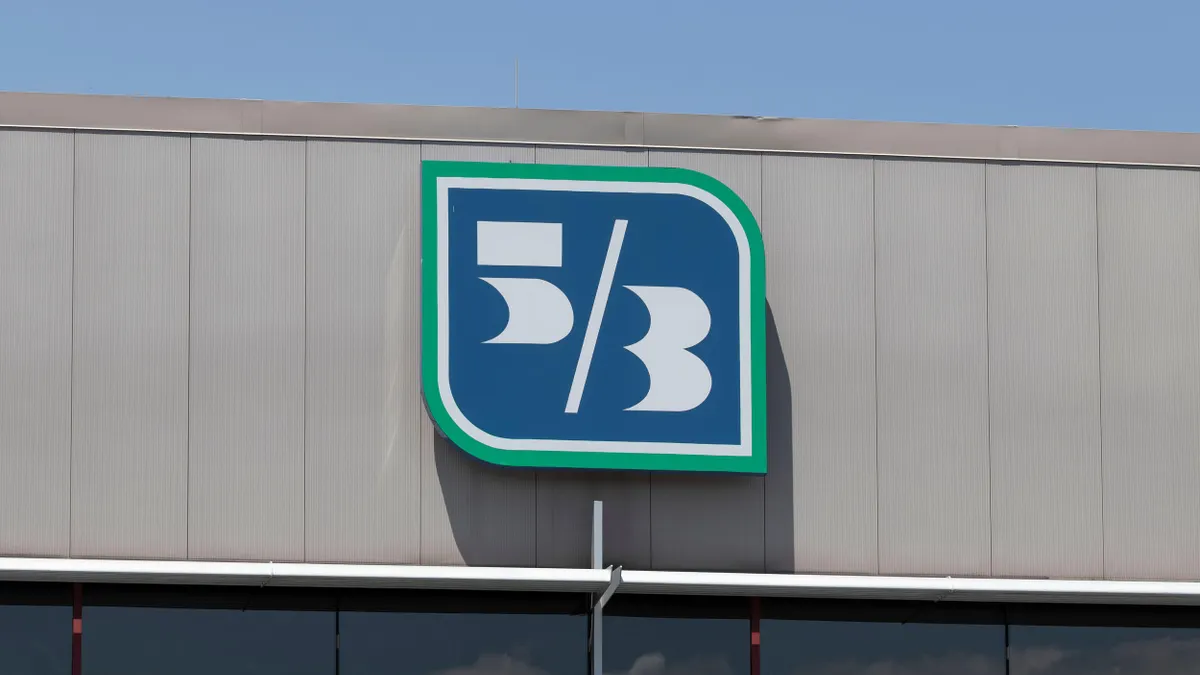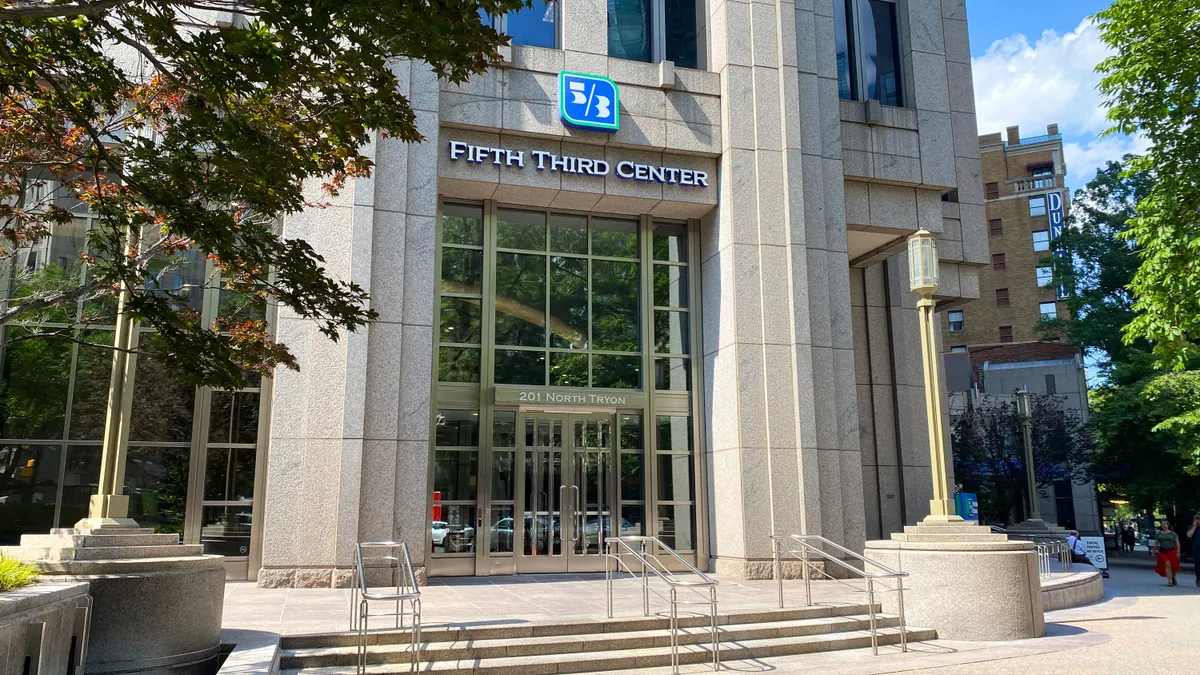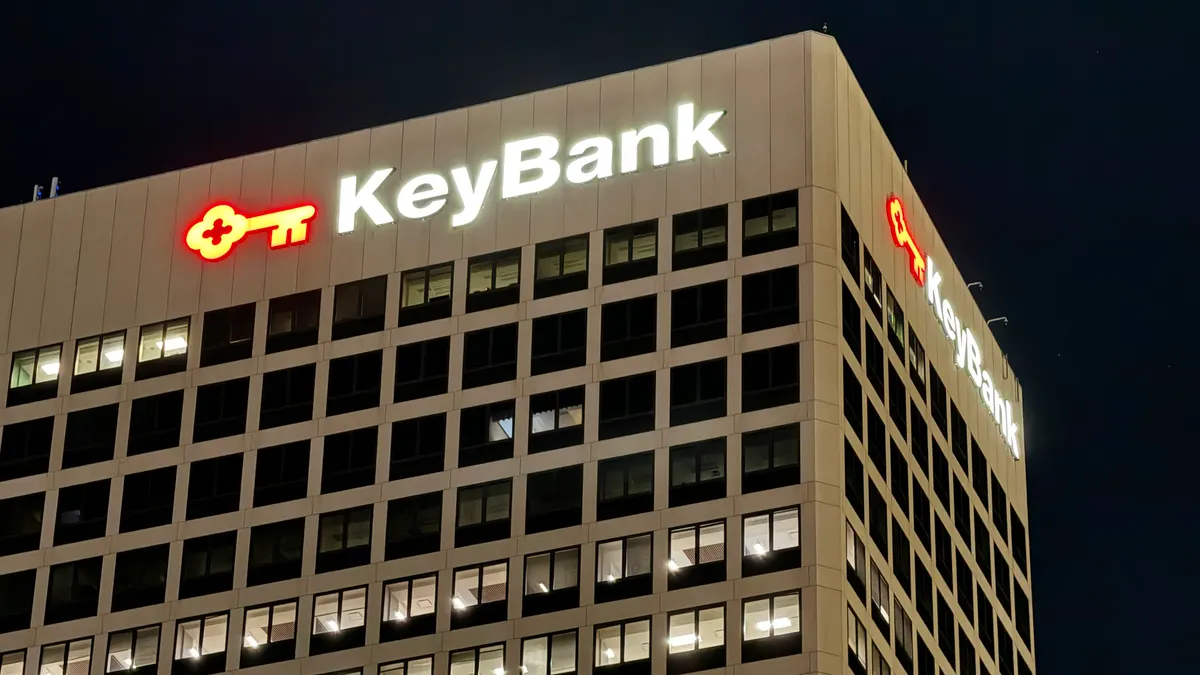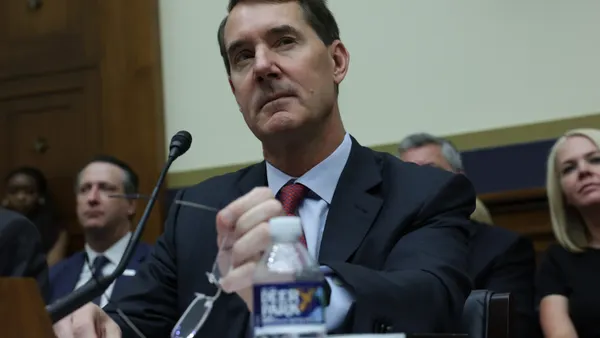For months, the Capital One-Discover deal had been spotlighted as the bellwether for how bank mergers and acquisitions could go under a second Trump administration.
Not just the will-they-or-won’t-they (as in, would regulators sign off on the combination?), but how long will transactions sit in evaluation? Which potential stumbling blocks would be eased or de-emphasized?
Since the $35.3 billion Capital One deal received green lights from the Federal Reserve and Office of the Comptroller of the Currency, it’s fair to say bank M&A is off to the races.
Perhaps the first clue that the bank-mashup floodgates had opened came when Columbia Banking System said it would buy Pacific Premier Bank in an all-stock $2 billion deal that would cement the Pacific Northwest juggernaut deeper into Southern California.
But the dominoes continued. The next day, Boston-based Eastern Bank announced it would merge with in-state competitor HarborOne in a $490 million cash-and-stock deal. A day later, Cadence Bank said it would buy Industry Bancshares, the beleaguered holding company that owns six community banks in Texas, for between $20 million and $60 million in cash.
And that’s just banks that hold $25 billion or more in assets. Smaller deals in Pennsylvania and Tennessee, for example, have followed – as has a partial-bank transaction in which St. Louis-based Enterprise Bank & Trust will acquire 10 locations in Arizona and two in Kansas from Montana-based First Interstate Bank.
That M&A is ramping up shouldn’t be a surprise. Christopher Olsen, managing partner and co-founder of investment-banking firm Olsen Palmer, told Banking Dive last month that smaller banks, in particular, have felt consolidation pressure for several years, adding that Trump’s reelection could act as “sort of the powder keg” to drive that trend.
Shorter timelines
Some of the participants, on the other hand, may be a surprise. It would be understandable if Columbia had been trigger-shy on acquisitions. Its $5.2 billion merger with Umpqua Bank, announced in October 2021, took more than 16 months to close – and did so less than two weeks before Silvergate, Signature and Silicon Valley Bank failed.
Columbia CEO Clint Stein, in a call last week addressing the Pacific Premier deal, pointed to a "seismic shift in the operating or rate environment" during the Umpqua integration, according to American Banker. Stein, however, characterized today’s M&A environment as more “conducive” by comparison.
The roughly $50 billion-asset Columbia said it expects the Pacific Premier deal to close in the second half of this year – meaning it estimates the transaction will await regulatory approval only half as long as the Umpqua deal did.
"There's a body of evidence that continues to build on deals getting approved quicker for banks either our size or to create banks that are our size," Stein said last week. "The other thing is that we had fairly robust pre-flight conversations with the regulators, both at the regional office level as well as in D.C."
A shorter approval timeline would no doubt appease some regulators. Federal Deposit Insurance Corp. Acting Chair Travis Hill put more timely bank merger approvals among his 15 priorities beginning on his first day leading the agency.
Since Trump regained office, the timeline for several deals has shortened. Evansville, Indiana-based Old National disclosed last week that it expects its $1.4 billion acquisition of Bremer Bank to close May 1. That’s likely a quicker turnaround than the more vague “mid-2025” time frame the bank gave when the transaction was announced. In any case, it would mean the tie-up would have spent barely five months in evaluation.
By comparison, Mississippi-based Renasant’s acquisition of The First Bancshares – a similar value at $1.2 billion – took eight months to approve. UMB’s $2 billion acquisition of Heartland Financial took nine.
Old National is not alone in its truncated timeline. When Busey Bank announced in August (before Trump’s reelection) that it planned to buy CrossFirst, it initially gave itself a 10-month timeline. The deal closed in six. Likewise, Atlantic Union Bank gave itself a year to close its $1.6 billion acquisition of Sandy Spring. It wrapped in just over five months.
Sometimes longer timelines can’t be helped. Columbia’s Umpqua deal, for example, saw an 11-month Justice Department investigation. The Capital One-Discover deal awaited regulator approval for 14 months likely out of caution for its size and potential impact.
Mergers and acquisitions still likely will face pitfalls. U.S. bank stocks saw their worst quarterly loss since in two years over 2025’s first 90 days. And if bank valuations indeed “grease the skids” of M&A, as Olsen put it, deals with a cash component may prove an easier sell.






















